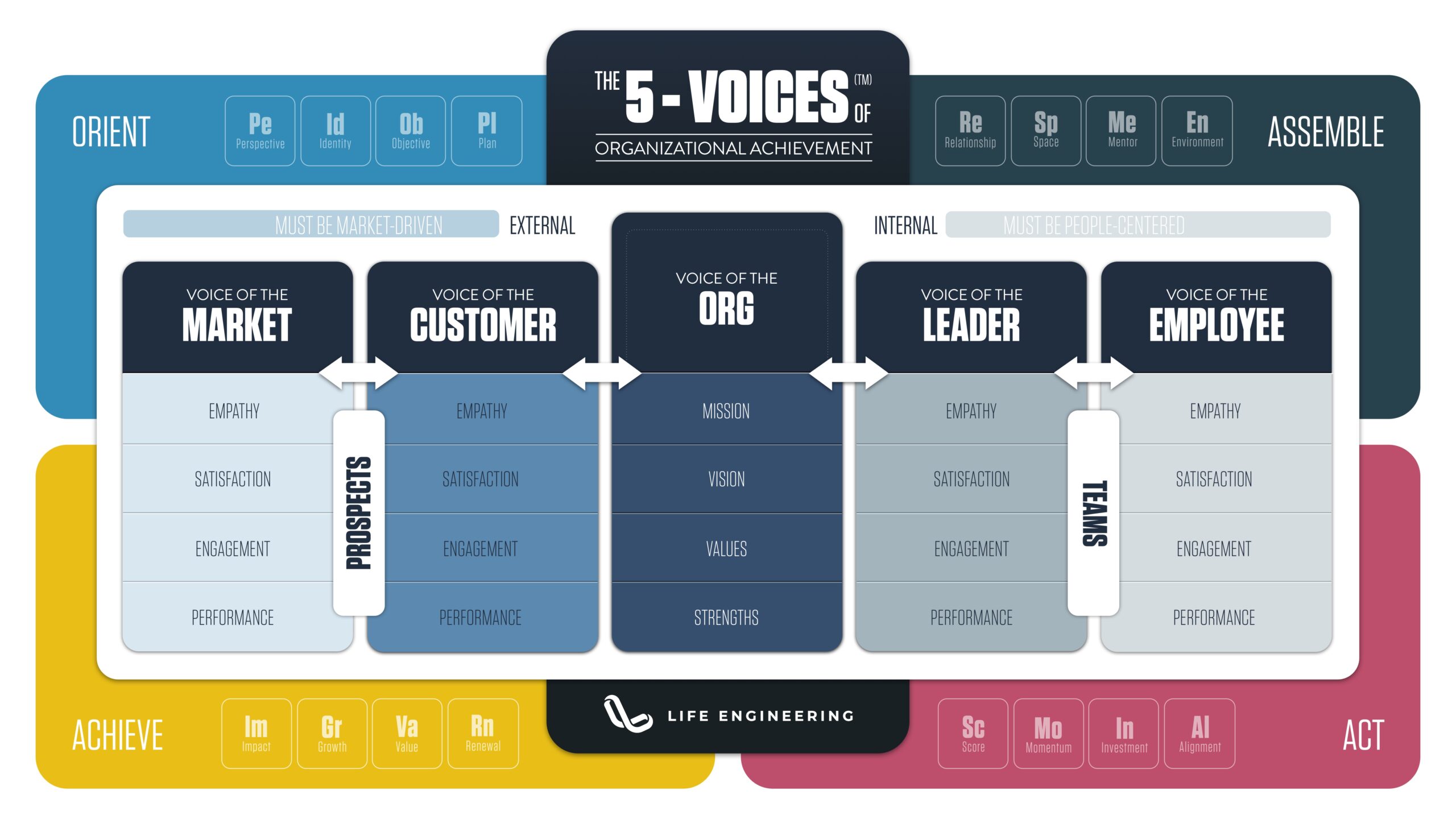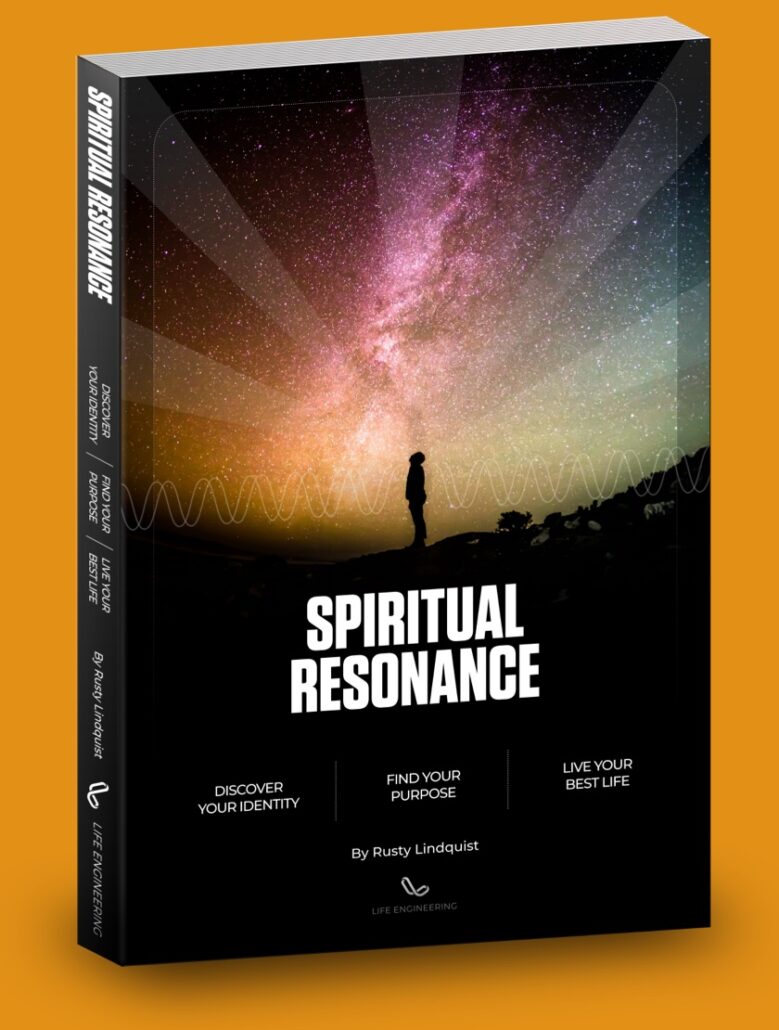Putting into place the right listening instruments to understand the Voice of the Employee is a fantastic first-step toward solving for employee satisfaction and engagement.
But as that data starts coming in, the next question is knowing what to do with that data, identifying what to solve and how to prioritize those efforts.
you've got your data, now it's about
KNOWING WHAT TO SOLVE FOR
It’s important to recognize that not everything you detect on your ENPS, ESS, or even the deeper Engagement surveys needs to be solved for.
These are accurate ways of measuring satisfaction and diagnosing disengagement, but you also have to consider whether or not the individual who is suffering from dissatisfaction or disengagement is someone who you should actually solve for, or if the reason for their dissatisfaction is something that you should solve for.
Cultural Fit
Every individual is valuable, but not every individual belongs inside your organization or team. This consideration of “fit” goes beyond skills, and includes things like cultural fit.
It’s valuable to note that certain individuals are so culturally out of alignment that endeavoring to optimize for them will actually create cultural dilution across the whole organization and compromise a culture you’ve been so careful to cultivate.
It’s important to be very deliberate about creating your cultural identity. We call this cultural identity the “Voice Of The Org.” It’s the “voice” you choose to broadcast. It’s encapsulated in things like your mission, vision, values, and cultural guidelines.
The Voice of the Org provides a critical processing filter as you work to interpret (and act on) the other voices you listen to in order to succeed, including both external voices and internal voices alike.

Cost Effectiveness
In a perfect world, you’d have a perfect amount of resources to create a perfect work environment for perfect employees.
But the reality is we don’t live in a perfect world, and you are left making imperfect decisions with an imperfect budget for an imperfect workforce.
When you identify dissatisfaction brewing, be sure to follow it up with a deep-dive Engagement Survey. This will allow you to identify the specific Elements driving that are driving dissatisfaction with your team.
Once identified, you will likely need to prioritize what Elements you are going to solve for.
To do this, we recommend using the Team Energy Index.
The Team Energy Index allows you to identify the Elements that your team cares the most about.
The research shows that most of us are willing to work in an imperfect scenario, as long as certain factors (or Elements) are in place. What those Elements are tend to vary by team.
Knowing what Elements matter most to your team can help you spend your time, effort and investment optimizing for the things that will yield the highest satisfaction and engagement outcomes.


Responses